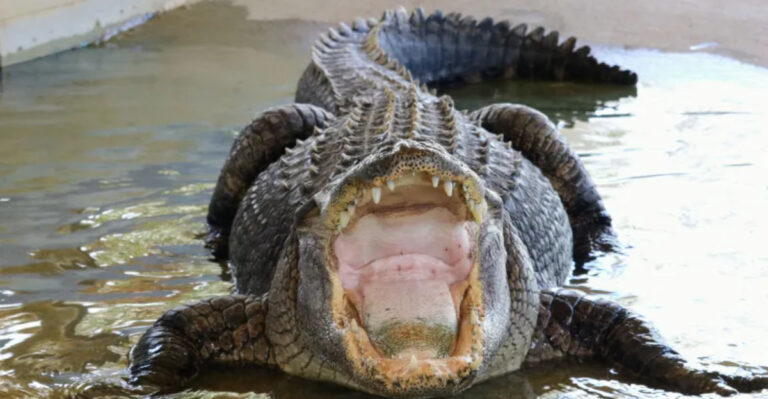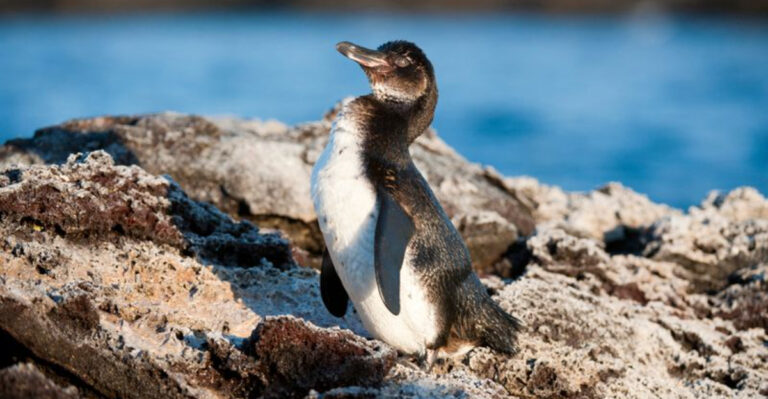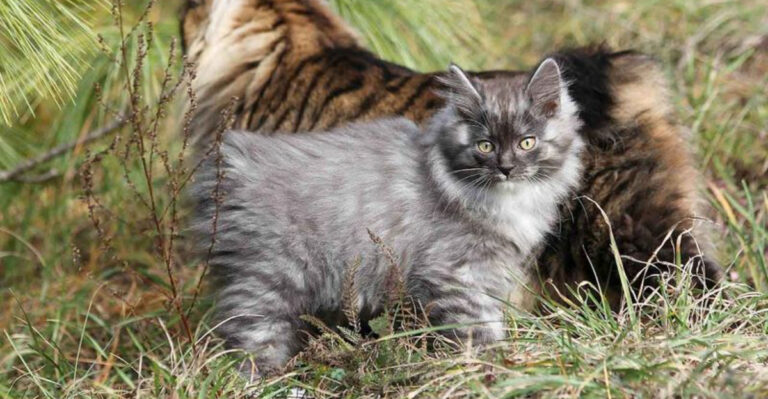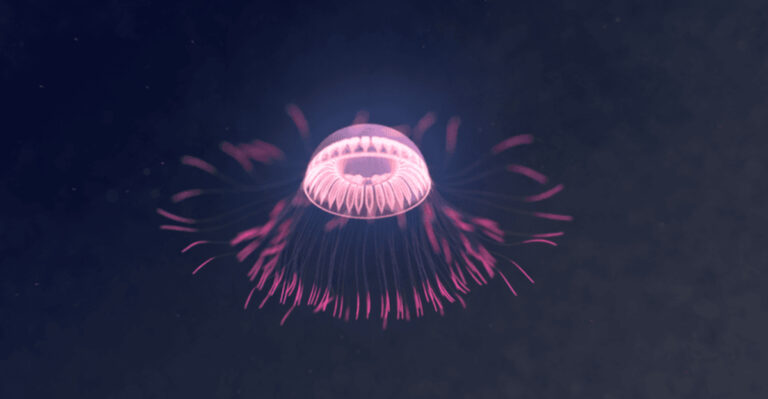15 Ocean Creatures That Seem Harmless (But Are Really Dangerous)
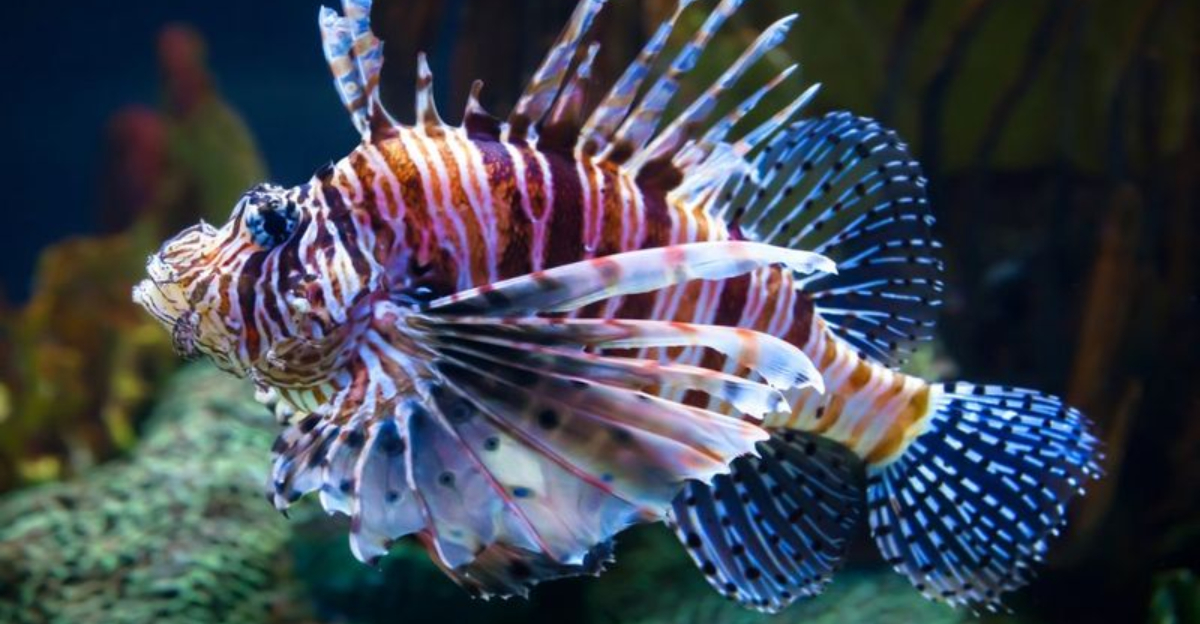
The ocean is filled with creatures that appear gentle, beautiful, or simply unassuming at first glance. Yet beneath their innocent exteriors lurk surprising dangers that many beachgoers and ocean enthusiasts never suspect.
Next time you’re enjoying the sea, remember that these seemingly harmless creatures deserve your respect and distance.
1. Blue-Ringed Octopus
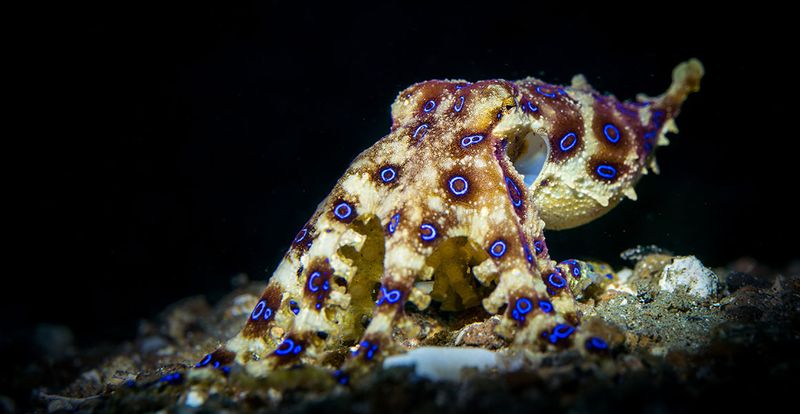
Small enough to fit in your palm, these vibrant little octopuses look like adorable toys with their electric blue rings. Don’t be fooled by their size!
Their venom contains tetrodotoxin, a neurotoxin 1,000 times more powerful than cyanide. A single bite can cause respiratory arrest and paralysis within minutes, with no existing antivenom.
Found in tide pools and coral reefs throughout the Pacific and Indian Oceans, these tiny killers have enough venom to kill 26 adults in minutes.
2. Cone Snails
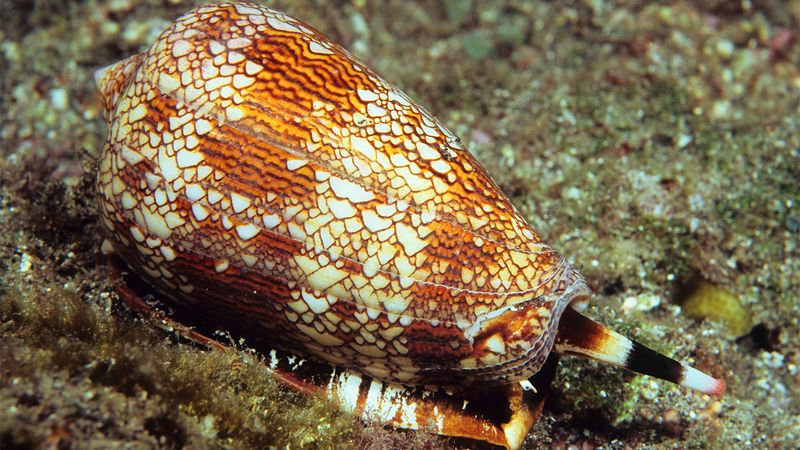
Beach collectors often prize these beautiful shells for their striking patterns. The living snail inside, however, isn’t interested in being your souvenir.
Armed with a harpoon-like modified tooth, cone snails inject powerful venom that can cause paralysis, respiratory failure, and death. Some species contain toxins so potent they’re nicknamed “cigarette snails” – you have just enough time to smoke one before dying.
Their gorgeous shells serve as perfect camouflage for their deadly intentions.
3. Stonefish
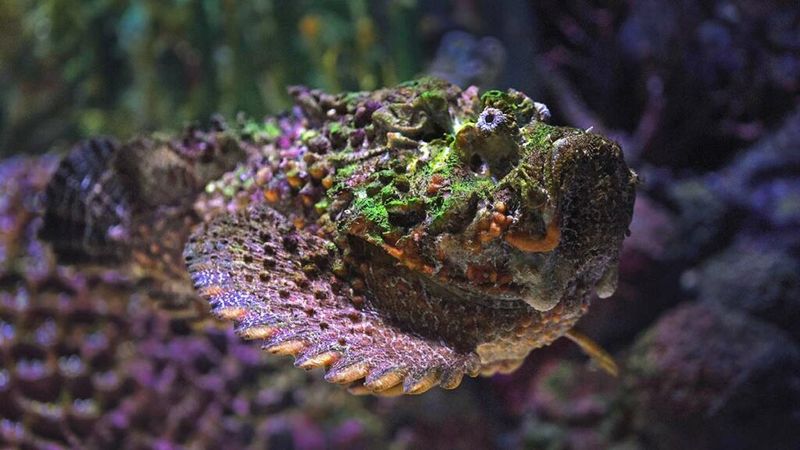
Masters of disguise, stonefish blend perfectly with rocky seafloors and coral formations. Their remarkable camouflage makes them nearly impossible to spot – until you’ve stepped on one.
Crowned as the most venomous fish in the world, their dorsal spines inject a toxin that causes excruciating pain, tissue death, and potentially fatal cardiovascular complications. Victims describe the pain as feeling like being hit by a sledgehammer then set on fire.
Native to the Indo-Pacific waters, these ambush predators remain motionless, waiting for prey – or unfortunate human feet.
4. Portuguese Man O’ War
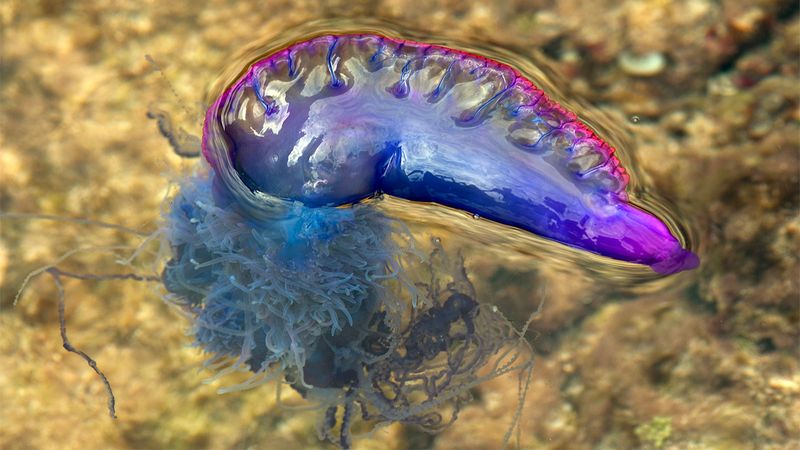
With its translucent blue balloon floating gracefully on the water’s surface, this creature looks like a beautiful jellyfish. Surprisingly, it’s not a jellyfish at all but a colony of organisms working together!
Those lovely trailing tentacles can extend 100 feet below the surface and deliver excruciatingly painful stings even when the creature is dead or washed ashore. Their venom causes welts, muscle cramps, and in rare cases, shock or death.
Thousands of microscopic stinging cells inject venom on contact, requiring no provocation.
5. Pufferfish
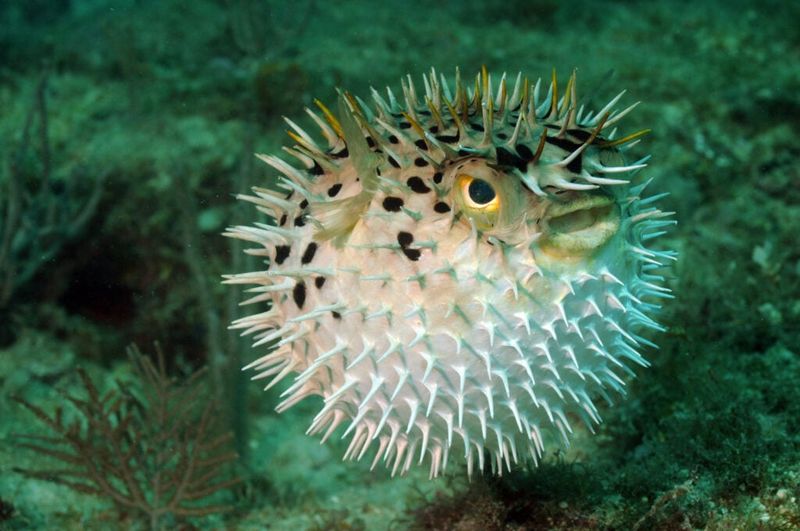
Cartoon-like and endearing, pufferfish inflate into spiky balls when threatened, making them social media darlings. Their charming appearance masks a deadly secret that makes them among the most poisonous vertebrates on Earth.
Their bodies contain tetrodotoxin, particularly concentrated in the liver and organs. This toxin is 1,200 times more deadly than cyanide, with no known antidote.
Despite their deadly nature, pufferfish are considered delicacies in Japan. Chefs train for years to prepare fugu, removing toxic parts while leaving just enough toxin to create a tingling sensation.
6. Lionfish
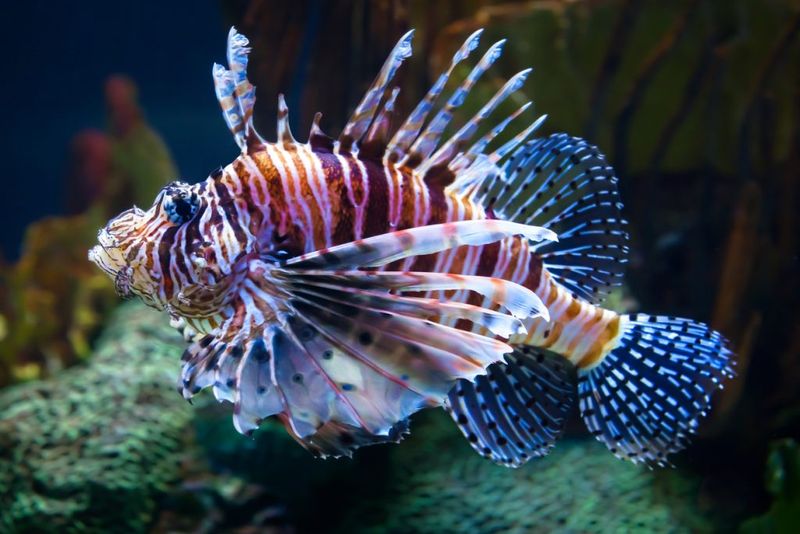
Flamboyant and feathery, lionfish are aquarium favorites with their striped patterns and graceful, fan-like fins. These reef-dwelling showstoppers originated in the Indo-Pacific but have become destructive invasive species in Atlantic waters.
Their beautiful fins conceal venomous spines that deliver intensely painful stings causing sweating, respiratory distress, and occasionally paralysis. While rarely fatal to humans, lionfish venom causes extreme pain that can last for days.
Adding to their danger, they’re voracious predators consuming native fish species at alarming rates, disrupting entire ecosystems.
7. Sea Urchins
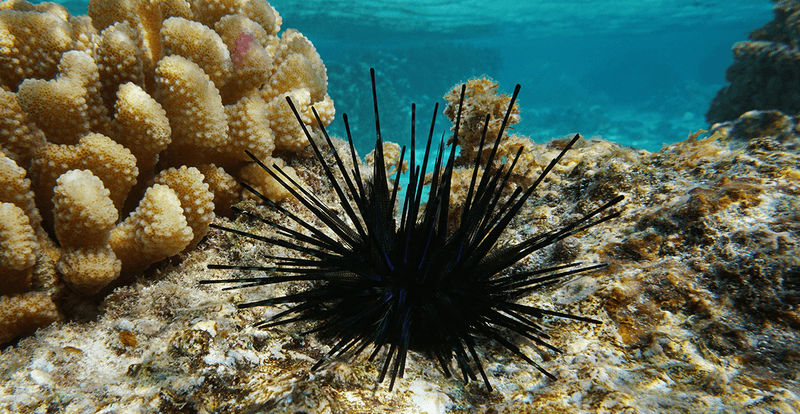
Those spiky little balls dotting tide pools might seem like stationary, harmless creatures. Their symmetrical appearance and gentle movements belie their defensive capabilities.
Sea urchins’ needle-sharp spines can easily penetrate skin, breaking off inside to cause painful wounds. Some species, like the flower urchin, have venomous spines containing toxins that can cause paralysis and breathing difficulties.
The long-spined black sea urchin delivers especially painful stings, with spines that can reach 12 inches long and contain venom that causes intense pain, vomiting, and muscle weakness.
8. Needlefish
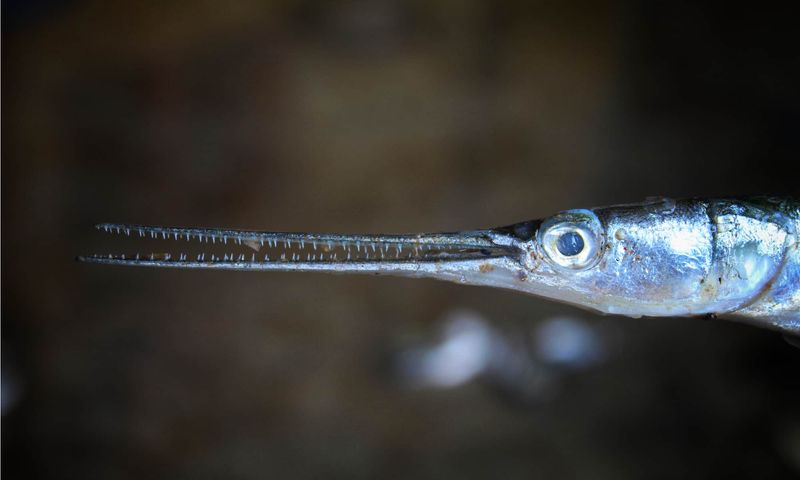
Slender and silvery, needlefish glide near the water’s surface, appearing completely harmless. Their sleek bodies and tendency to skim along make them fascinating to watch from boats or shorelines.
The danger comes not from venom but from their behavior. When startled by lights or loud noises, needlefish can leap out of water at speeds up to 40 mph. Their long, pointed beaks become deadly projectiles.
Multiple human fatalities have occurred when needlefish have impaled people through the neck, chest, or eyes – a gruesome reminder that danger in the ocean isn’t always chemical.
9. Fire Coral
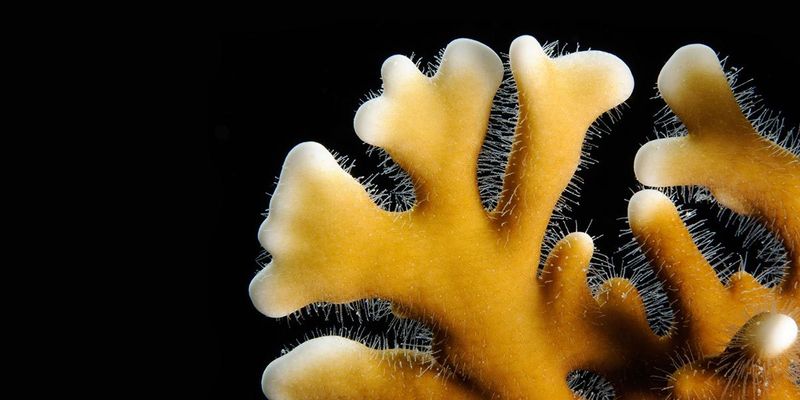
Despite its name, fire coral isn’t coral at all but a marine organism related to jellyfish and anemones. Its yellowish-brown or mustard color and branch-like structure make it blend perfectly with true corals.
Unsuspecting divers or snorkelers who brush against fire coral experience an immediate burning sensation as its tiny, hair-like tentacles inject venom. The painful sting causes red welts, blistering, and sometimes nausea or vomiting.
The burning sensation that gives fire coral its name can last for days or weeks, making this seemingly harmless reef-dweller a painful surprise for ocean explorers.
10. Flower Urchin
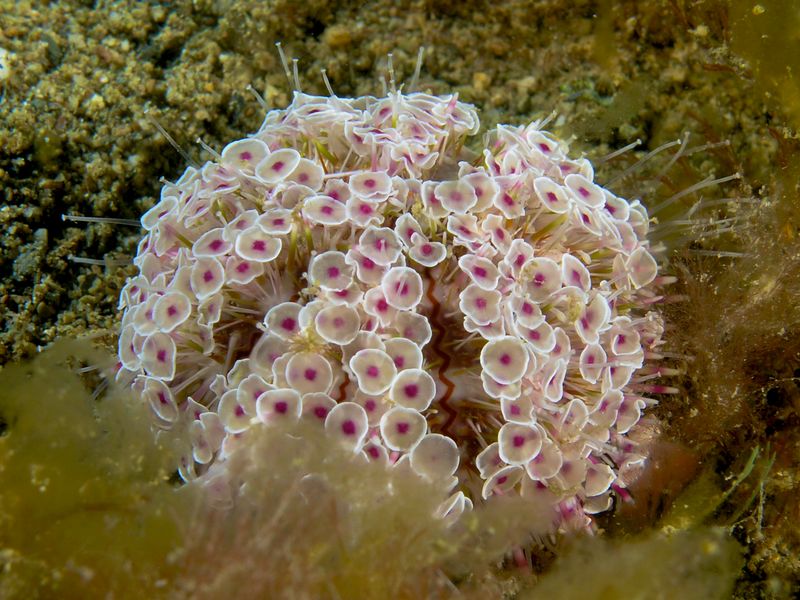
With vibrant purple bodies adorned with flower-like patterns, these urchins look more like underwater blooms than dangerous creatures. Their aesthetically pleasing appearance makes them popular photography subjects.
Hidden among their spines are specialized organs called pedicellariae that contain some of the most potent venom in the sea. Contact triggers immediate, extreme pain, followed by muscle paralysis and potential respiratory failure.
Japanese researchers discovered their venom contains at least four toxins, including Contractin-A, which causes dangerous blood vessel contractions. Their innocent flower-like pattern serves as nature’s warning sign: beautiful things can be deadly.
11. Stargazer Fish
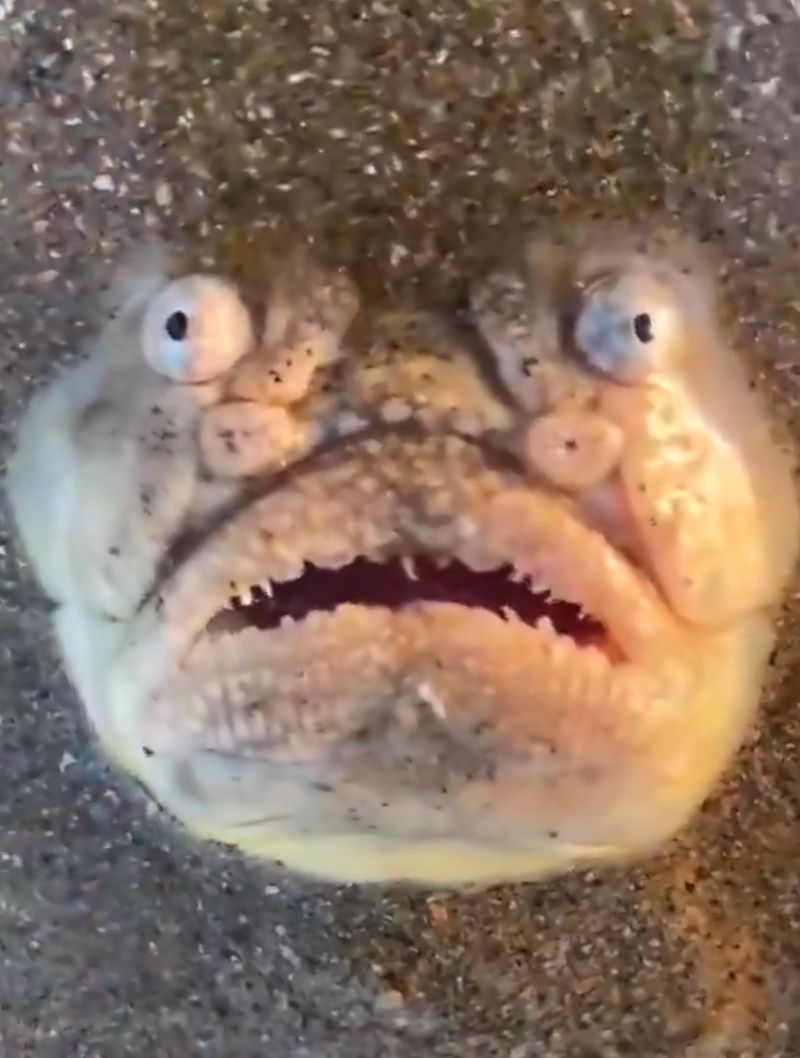
Buried in the sand with only their eyes and mouth visible, stargazers are the ambush predators you never see coming. Their eyes on top of their heads give them their name as they appear to gaze upward at the stars.
These fish pack a double threat: venomous spines near their gills deliver painful stings, while some species can also produce electric shocks up to 50 volts. Their upward-facing mouths snap shut on unsuspecting prey that swims overhead.
Masters of camouflage, they wiggle into sand until nearly invisible, making them easy to step on in shallow waters.
12. Leopard Seal
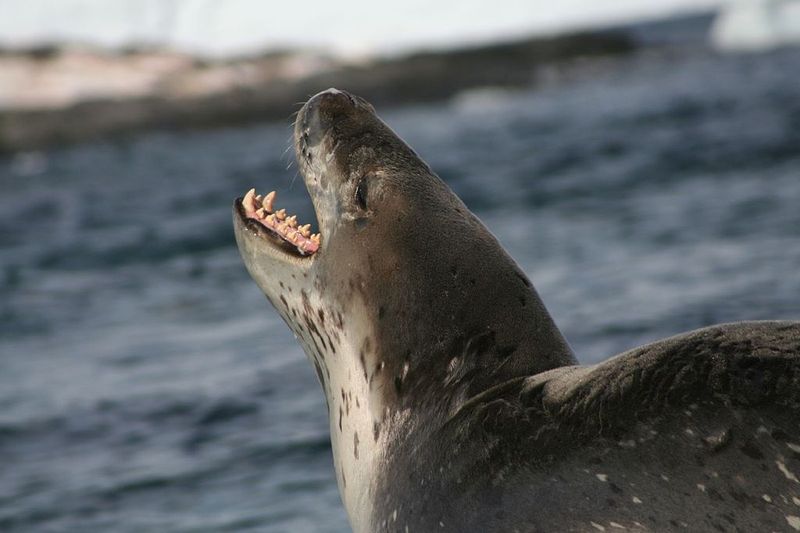
With their spotted coats and playful underwater acrobatics, leopard seals might look like aquatic puppies. Their sleek bodies and large eyes give them an appealing, almost cartoon-like quality that masks their true nature.
Among the most fearsome predators in Antarctic waters, leopard seals have powerful jaws filled with long, interlocking teeth designed for tearing flesh. Growing up to 11 feet long and weighing over 1,000 pounds, they hunt penguins with brutal efficiency.
They’re one of the few seals known to attack humans, with several documented cases of aggression toward researchers and photographers.
13. Striped Surgeonfish
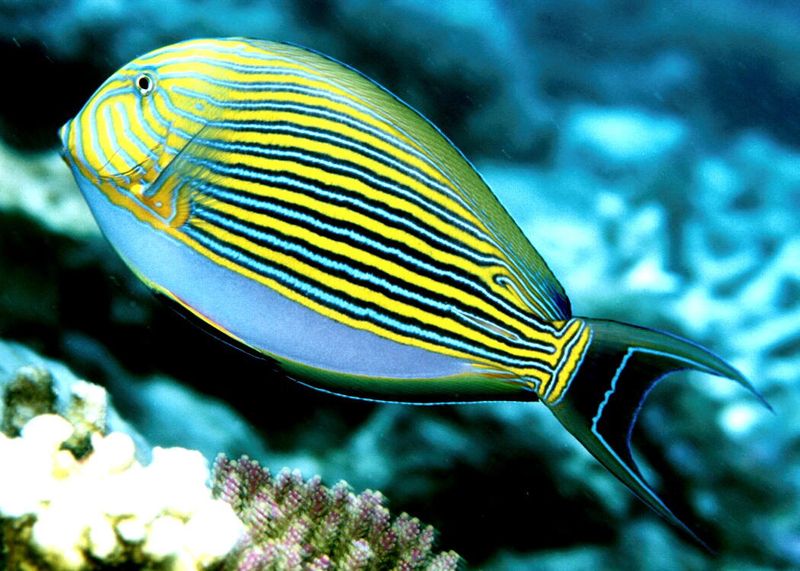
Beautifully marked with horizontal blue and yellow stripes, surgeonfish are striking reef dwellers that catch every snorkeler’s eye. Their peaceful grazing on algae gives no hint of their defensive capabilities.
Named for the scalpel-like modified scales near their tails, surgeonfish can swing these razor-sharp appendages with surprising force when threatened. The resulting cuts are clean and deep, causing significant bleeding – just like a surgeon’s scalpel.
While not venomous, their ability to slice through skin with surgical precision makes these otherwise docile fish dangerous when cornered or handled improperly.
14. Crown-Of-Thorns Starfish
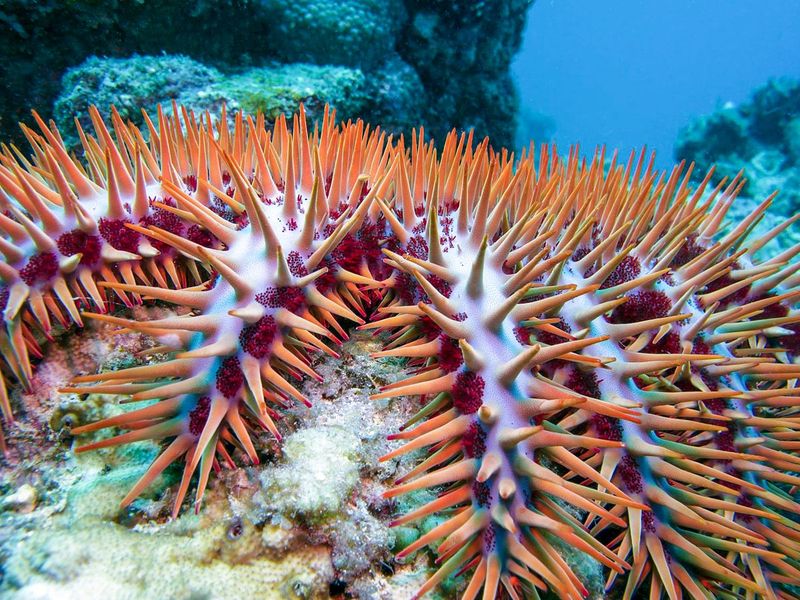
Resembling a spiky crown, these large starfish sport numerous arms covered in venomous spines up to two inches long. Their dramatic appearance makes them standout residents on coral reefs.
Brushing against their spines results in immediate, intense pain, swelling, nausea, and vomiting that can last for hours or days. The venom can remain active in broken-off spines, creating hazards even when the animal isn’t present.
Beyond their danger to humans, these starfish are devastating coral reef destroyers, with a single individual consuming up to 65 square feet of coral annually, leaving white skeletal remains in their wake.
15. Nudibranch

Nicknamed “sea slugs,” nudibranchs are the fashion models of the ocean with their extraordinary colors and shapes. Their flamboyant appearance and small size make them seem utterly harmless and delightful to underwater photographers.
Several species, however, have evolved the ability to consume toxic creatures like Portuguese man o’ wars and store their stinging cells in their own tissues. This biological theft allows them to deliver painful stings without producing their own venom.
The blue dragon nudibranch concentrates stolen stinging cells at its fingertip-like cerata, creating weapons more powerful than the original source’s venom.

